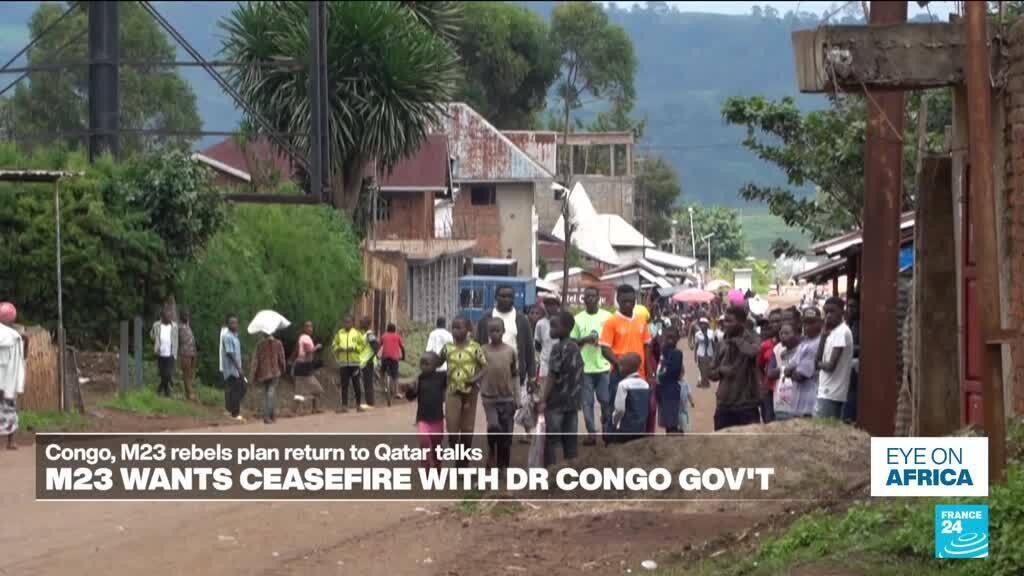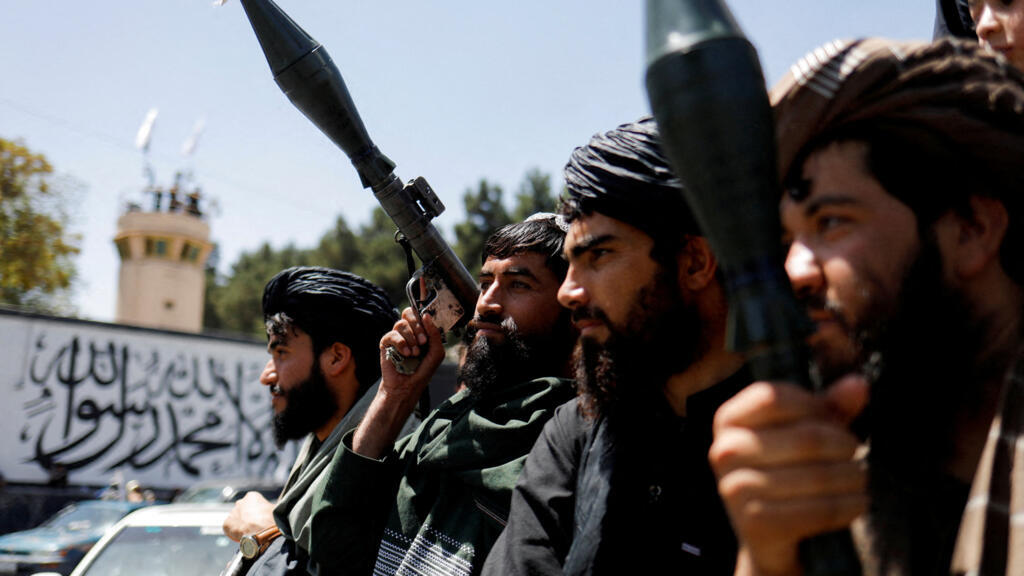It is not yet known how many missiles and bombs were fired on the Iranian nuclear and military facilities during the 12 days of the war.
On 22 June, the US attacked 14 “bunker busting” bombs on Fordo, Isfahan and Natanz nuclear sites, bombing 30,000 pounds (13,600 kg) with 30 tomahk missiles.
The actual limit of damage is still not clear for the agreement for the Vienna Center for Dismount and Annexes for Gaukhar Mukhijhanova.
On 23 June, he told DW that the United Nations International Atomic Energy Commission (IAA) has not yet fully verified the impacts of the attacks, especially on the underground promotion plant at Fordo.
“We can see some disadvantages on satellite images, but we do not know the real limit and cost.”
IAEA believes that many sites have radioactive and chemical contamination.
Suddenly thousands of centrifuge could have been damaged by electrical outage. Centrifuse work with highly reactive uranium hexfloride (UF6).
Although no increased radiation levels have been measured outside the plants, the potential leaks of the thesis substance significantly reduce health and environmental risks. IAEA inspectors have no access to the currently affected atomic facilities.
Potential long -term environmental risk
“There are many that we do not know, and this is the real problem,” Ruzebeh Eskandari said, the independent environment researcher said, who has studied pollution in Iran for years.
“People responsible in Iran always claim that everything is under control. But now there is hardly any information about potential environmental threats, even not even for people living in the surrounding area of immediate goals,” Eskandari told DW.
Ascandari points to a serious explosion that took place in the port of Monkey Abbas in southern Iran in late April.
The smoke caused by the comb of chemical substance released large amounts of bloach, nitrogen oxide (NOX), sulfur dioxide (SOOOCE) and other pollutants, which led to heavy determination in air quality in the surrounding area for several days.
Similar clouds of similar smoke can be seen in a video on social media after the attacks by the Israeli army at some wrong establishments in Iran.
“Thesis contaminates pollutants soil. Soil contamination among military conflicts is the worst, the most unseen, one of the environmental results,” Sakandari said.
Pollutants often stay in topsols for decades and affect soil quality, causing loss of problems with fertility and regeneration.
Iran-Iraq had influence
Iran experiences the thesis type of ecological results for a long time after an eight -year war with Iraq from 1980 to 1988.
In the west and south -west of the country with Iraq, the provinces of Khuzeston, Illam and Karman Shah were the most affected at that time.
Khuzestan, with its important oil refineries and industrial features, which is heavy bomb.
Many once-rich areas became unsuitable for agriculture. The study of local universities depicts increased rates of cancer, respiratory diseases and skin problems.
Today, with the increasing impact of ecological destruction, old mismanagement of political systems, and climate change, direct results continue today.
The latest available government figures, Khuzestan province, ancient cities houses and a UNESCO World Heritage Site have the highest migration rate of all Irani provinces over the last 20 years.
This article was translated from German.


